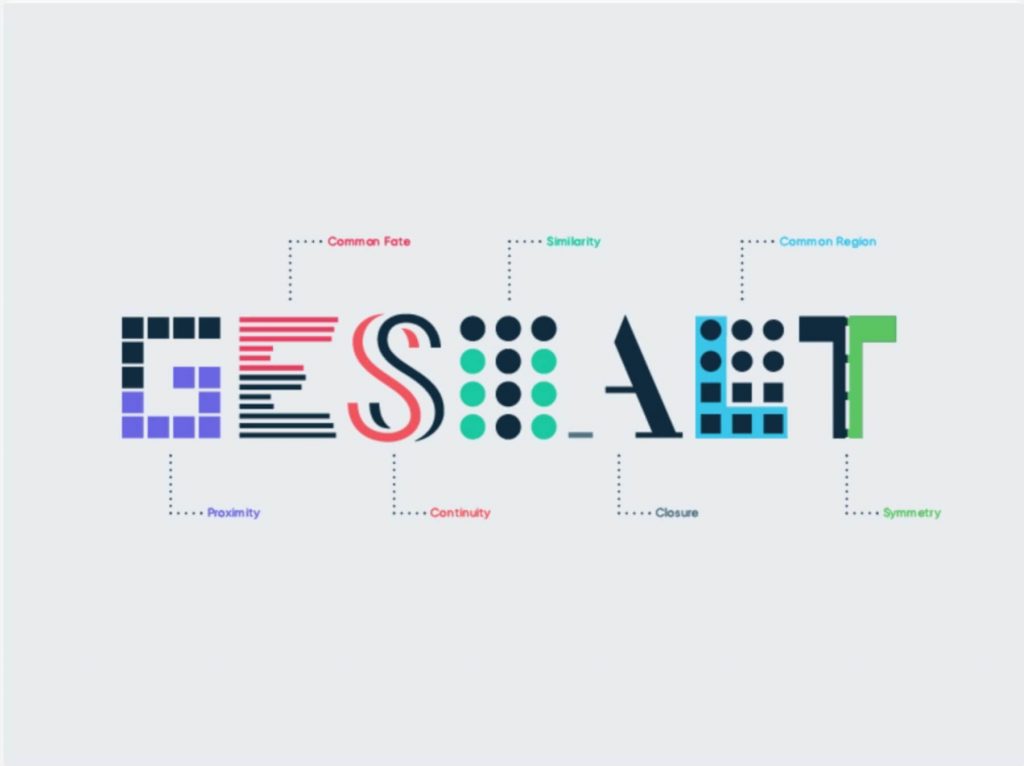In organizations, design sense is appreciated for its effectiveness in developing new products and services.
Having this skill also implies the ability to critically evaluate and give constructive feedback on designs.
Improving your design sense as a skill requires cultivating a mindset that encourages you to be curious and ask questions.
1. What is design sense?
Design sense is a skill that helps in envisioning the look and feel of a product. It also involves the ability to critically evaluate designs and give constructive feedback. It is an important skill that every PM should work on because it will help them create a better customer experience leading to higher activation and retention.
A good design sense requires patience and constant practice. It’s not an overnight skill that you can magically develop by studying design principles or by learning new techniques. It’s more like a muscle that you need to train and build up over time.
The first thing that you need to do to improve your design sense is to get more inquisitive and ask a lot of questions. This will help you see the causality of your decisions and will make you curious to learn more.
Another tip is to study other well-designed products and understand why they look good. This will not only help you to identify the design principles that make them so good but also help you to come up with better designs for yourself. It will also help you to understand how to create a better user experience and why it’s important to think about the design from different angles.
2. 5 practices to sharpen your design sense
Like any skill, improving your product sense requires both learning and application. To get the most out of this exercise, I recommend setting aside a small percentage of your time for consuming new information and a larger percentage for applying that knowledge in practice. You can accomplish this by partnering with product mentors, reading case studies in your industry, or even asking your teammates for their take on the best design gizmo – you’ll be surprised at the plethora of options out there.
The best part? You might even get a little buzz and a few kudos in the process. Good luck! You’ll soon be seeing your design sense come to life on a regular basis! You’ve just started the journey to becoming a master of product design.
Master design principles
If you want to sharpen your design sense, you should master some basic principles. They are simple and easy to practice and key to elevating your designs.
The principles of design are a set of guidelines that designers follow to create good visuals, from oil paintings and blog graphics to eye-catching social media posts. They are similar to the tools you use in carpentry, and they give you a better understanding of what goes into the visuals we see every day.
You can learn about them in books, online tutorials and even from other designers. But the best way to apply them is through practical experience.
One of the most important principles is visual hierarchy. This involves ensuring that more important elements are prominently displayed on the page or screen.
You can accomplish this through a variety of strategies, including using larger font or different colors to help them stand out from the rest. It also helps to establish a consistent layout. This ensures that users can easily navigate the product.

Observe everything through a design lens
One of the best ways to sharpen your design sense is to observe everything through a design lens. You can start by paying attention to the patterns that nature creates, such as the way raindrops form or snowflakes fall. You may also want to pay attention to the shapes and sizes of objects that you see every day, such as packaging and signage.
You can also apply the same principles to the designs you make for your own projects. By observing the world through a lens you will begin to notice small details that might be overlooked otherwise.
For example, you might be able to recognize that the biggest problem in designing a popup is that it disrupts the flow of the experience by upstaging the main actor. The solution is to answer a few questions about what the user wants and why, and then choose the least distracting technique to deliver that.
The best part of using lenses to illuminate common design challenges is that they are easy to learn and remember. You can use them as a mind-mapping device to help you improve your design process, or even as a tool for self-assessment.
Imagine different solutions for every design
What started as a crafty little hobby in the 1970s has evolved into a burgeoning industry that influences all aspects of a company’s brand, from the way users interact with a website to how they view their brand. The best part is that good design is data driven and can be applied across all of these touchpoints to create a seamless, intuitive user experience that ultimately stands out from the crowd. In fact, it can even be considered a business imperative for companies looking to compete on the global stage. A plethora of tools are available to help designers achieve their goals, from user research to the latest in VR technology.

Share viewpoints and give feedback on creative
One of the best ways to sharpen your design sense is to learn how to share viewpoints and give feedback on creative ideas. As a creative, you’ll often need to collaborate with writers and designers who have varying degrees of expertise. Providing specific and helpful comments can help your creative team draw the right version out of their quiver and avoid unnecessary rounds of revisions.
When you share your thoughts, be sure to explain what you like or dislike about the design and how it feels to you. This will enable your creative team to understand what you’re looking for and find solutions to your issues that they didn’t think of themselves. It’s also a good idea to ask them questions so they can better explain their thinking. This will build trust and confidence in both of you. Then, you can both focus on making the project as strong as possible.
In addition, referring to the design resource pages is also a way for you to enhance your design consciousness. illustAC is a page about design resources, with constantly updating new designs will help you quickly access the trending design trends of the year quickly. The easy and free download of resources is also an advantage of illustAC.
One of the sites that also help you get creative is Dribbble. With millions of resources being constantly updated, Dribbble is also an ideal website for today’s designers.

Write blogs
Blogs are a great way to express yourself, promote your business or simply share your thoughts and experiences with people around the world. They also provide an online community where you can connect with others with similar interests and hobbies.
To get started, select a topic you’re passionate about. This can be anything from cooking, fashion, travel, or even sports and cars.
Next, create an outline of your blog post. This will help you focus on specific points in your content and avoid writing for the sake of writing.
When you’re finished with your outline, write the body text of your blog post. Be sure to use a tone of voice that resonates with your audience and includes original insights and actionable tips.
Finally, include calls-to-action (CTAs) throughout your blog post. This will encourage readers to subscribe, buy your product, or click on a link for more information.
Blogging is a fun and easy way to build your online presence, but it’s important to choose the right topic for your blog and be consistent with publishing. This can take time and patience, but it’s well worth the effort if you want to build a long-term following.







